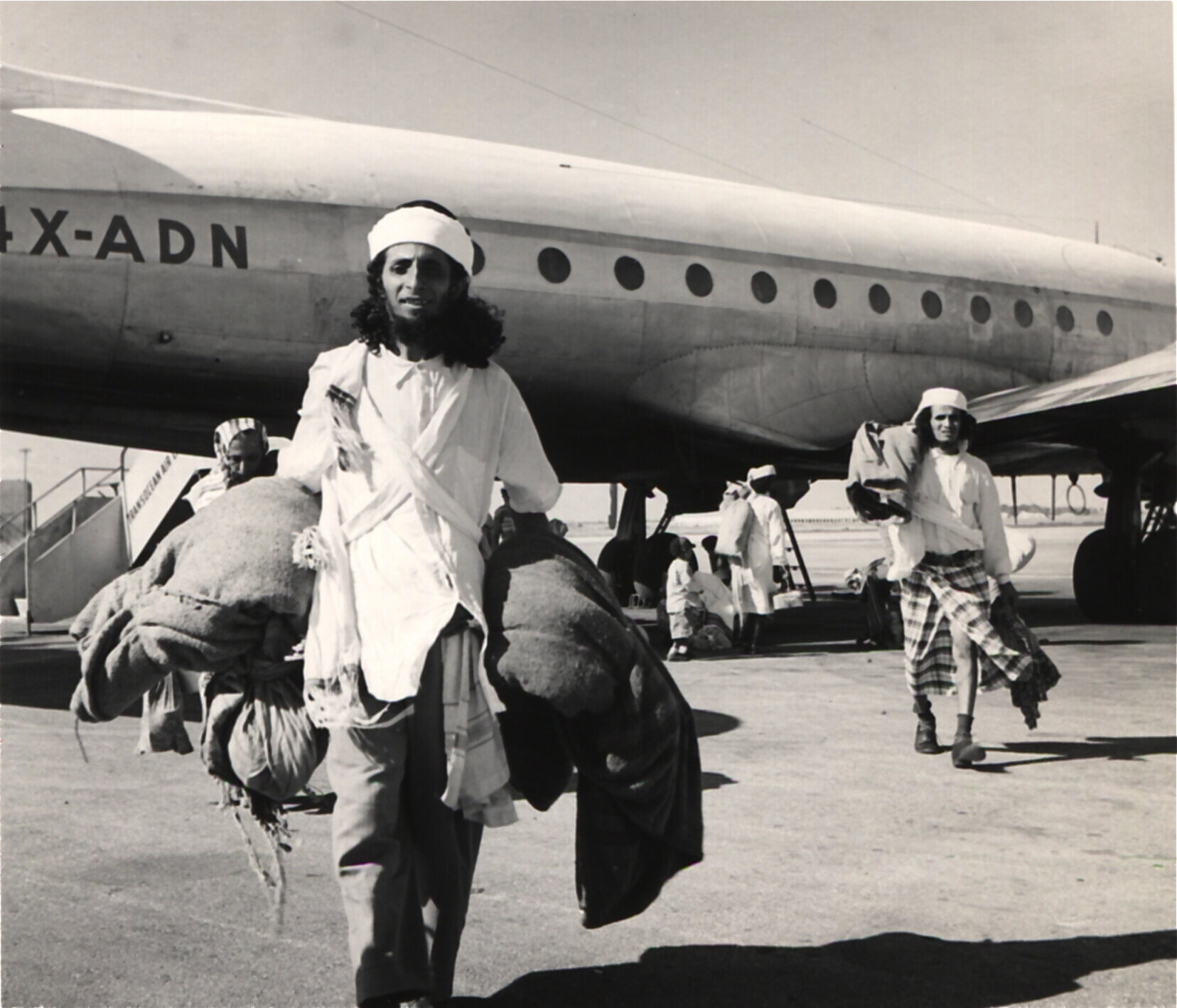The Palestinians weren't the only refugees. Nearly one million Jews were pushed out of the Middle East and North Africa in revenge for the creation of Israel. Ancient Jewish communities were uprooted as hundreds of thousands of Mizrahi (Middle Eastern Jews) poured into Israel.
THE PLOT
Most people are aware of the hundreds of thousands of Palestinians who left what became Israel from 1947-49. But few know that an even greater number of Jews were forced out of Arab countries in the Middle East and North Africa following Israel’s creation. The absorption of these Jews (called the “Mizrahi”) is one of the biggest themes of Israeli history.
Unlike Sephardic and Ashkenazi Jews (the two major ethnic divisions within Judaism), Mizrahi Jews never left the Middle East to settle in Europe. Jewish communities have existed in some places for more than 2,500 years (like Iraq), sometimes getting along well with their neighbors, other times facing persecution under Islamic-majority societies.
In June, 1941, the Farhud massacre took place in Iraq, killing over 200 Jews. The event signaled an end to centuries of coexistence and presaged an era of oppression that would drive nearly all of the Jews out of Iraq. Beginning in 1947 and continuing through the early 1950s, and in some cases into the 1960s, Jewish life in the Middle East and North Africa became unsustainable. The creation of Israel provided a turbo charge to the anti-Judaism that had always been present in the Islamic countries.
In June 1949, Israel launched Operation Magic Carpet, a rescue airlift to evacuate the Jews of Yemen and bring them to Israel. Around 49,000 Yemenite Jews were saved. In 1951 another rescue mission was launched called Operation Ezra and Nehemiah, aimed at saving the oppressed Jews of Iraq.
THE PEOPLE
Golda Meir: Minister of Labor during the 1950s, took a particular interest in greeting flights of incoming Jews from the Middle East and North Africa.
Warren Metzger: Alaska Airlines pilot from Canada who flew in Operation Magic Carpet.
THE BIG IDEAS
Although Israel, and the Zionist Movement were mostly the creations of European Jews, Israel is a Middle Eastern country. Its Jewish population today is more than half Mizrahi. This group mostly avoided Christian persecution and also the Zionist Movement. One way to look at Jewish history is to say that the Ashkenazi and Sephardi are the outliers for having left the Middle East, while the Mizrahi present the most historical geographic continuity. This ethnic divide amongst Jews has been as important to the Israeli story as the conflict with the Arabs.
The Iraqi Jewish community was particularly impacted by the creation of Israel and the Iraqi government’s persecution. At first Iraq refused to allow Jews to emigrate, not wanting Israel to benefit; yet the government amped up its anti-Jewish oppression. Eventually Iraq passed an emigration law forcing emigrating Jews to leave behind most of their wealth, which was seized by the government.
Absorption of the Mizrahi wasn’t easy. Israel struggled to take in so many people so quickly, its government services overwhelmed by the demands of hundreds of thousands of suddenly-impoverished and terrorized Jews coming in to the country. Even more difficult was the cultural absorption. The Israel of the European Ashkenazi Jews did not much like what they saw in their Middle Eastern Jewish cousins, a cultural and ethnic divide that has never been fully resolved. Mizrahi Jews lagged behind the Ashkenazi in politics, employment, education, housing, access to health care, and much else.
FUN FACTS
By the 20th century, Baghdad, Iraq, was one-third Jewish. In Aleppo, Syria, Jews had been praying at the Great Synagogue there for 1,500 years.
Israeli agents during Operation Magic Carpet had rabbis on hand to officially permit observant Yemenite Jews to fly on Shabbat.
Over a year, Israel’s national airline, El Al, airlifted around 130,000 Iraqi Jews to Israel.
Israel’s population doubled in just five years, from 1948-1953.
© Jason Harris 2020
Yemenite Jews disembark in Israel during Operation Magic Carpet. Source: Wikicommons

